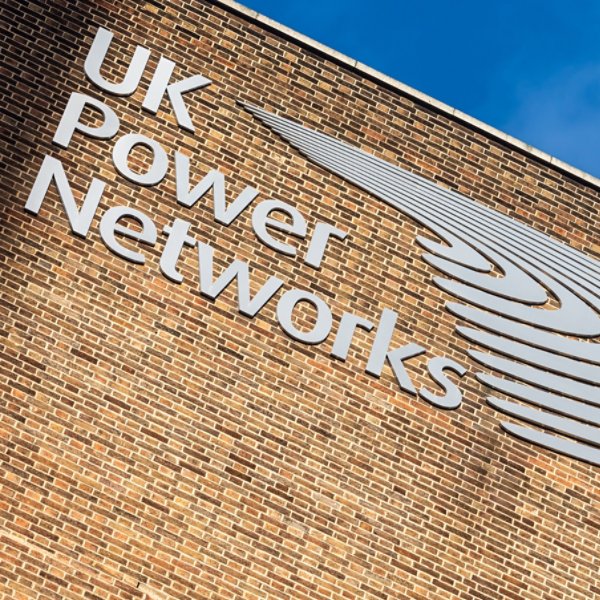Anticipating quantum cyber threats
Quantum computing will offer the potential to enhance IT operations across industries, including transportation, utilities, public safety, mining, financial services, defense, research, education and telecommunications. It will help networks make better predictions of weather and climate events, track demand patterns, use data to improve navigation, execute complex calculations, model trends and investment data, and manage telecommunications traffic.
However, the rapid advancements in quantum computing pose a threat. When quantum computing becomes fully operational, bad actors could use its speed and predictive capabilities to bypass traditional computing safeguards — meaning that quantum computers will be able to break the codes that keep our information safe by quickly solving hard math problems. As enterprises across industries look to incorporate artificial intelligence (AI), security will also be paramount.
That’s why IT security experts are racing to protect networks against potential quantum-computing-fueled attacks. Although quantum cyberattack capabilities are not yet here, we need to start hardening networks now to prevent the “harvest now, decrypt later” phenomenon, where critical data is stolen today to be decrypted with future quantum techniques at a later date.
What’s more, the rapid progress in quantum computing could cause economic problems. Businesses that depend on traditional computing might need to change quickly to keep up, which could require a lot of money to invest in new technology.
Through our partnership, Kyndryl and Nokia are already helping a major financial services customer deploy quantum-safe data center interconnect networks. These optical networks provide high-performing, advanced data encryption and connectivity, and serve as a foundation for future developments — including the rollout of the sixth generation of mobile network technology (6G). Compared to traditional networks, optical networks deliver low latency and low costs per bit in data transmission. Fiber-optic data transfer speeds can reach 301 terabits per second — 1.2 million times faster than domestic broadband.


